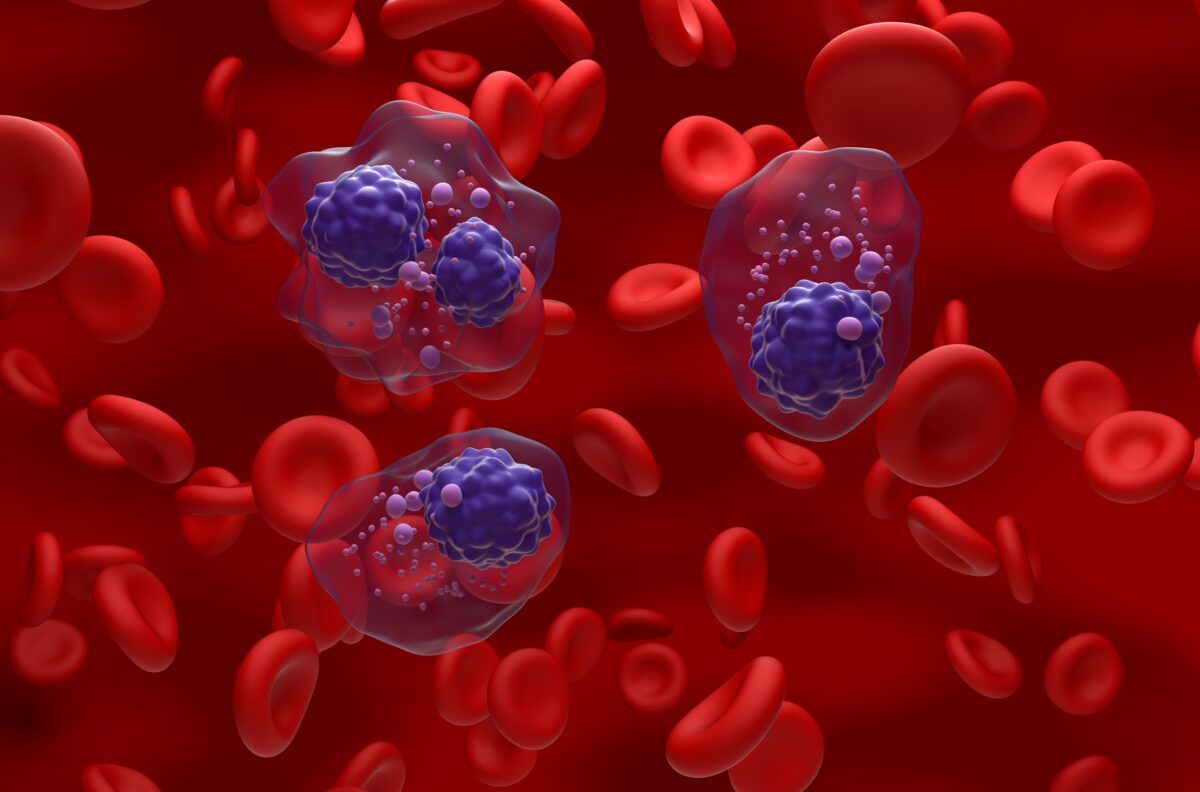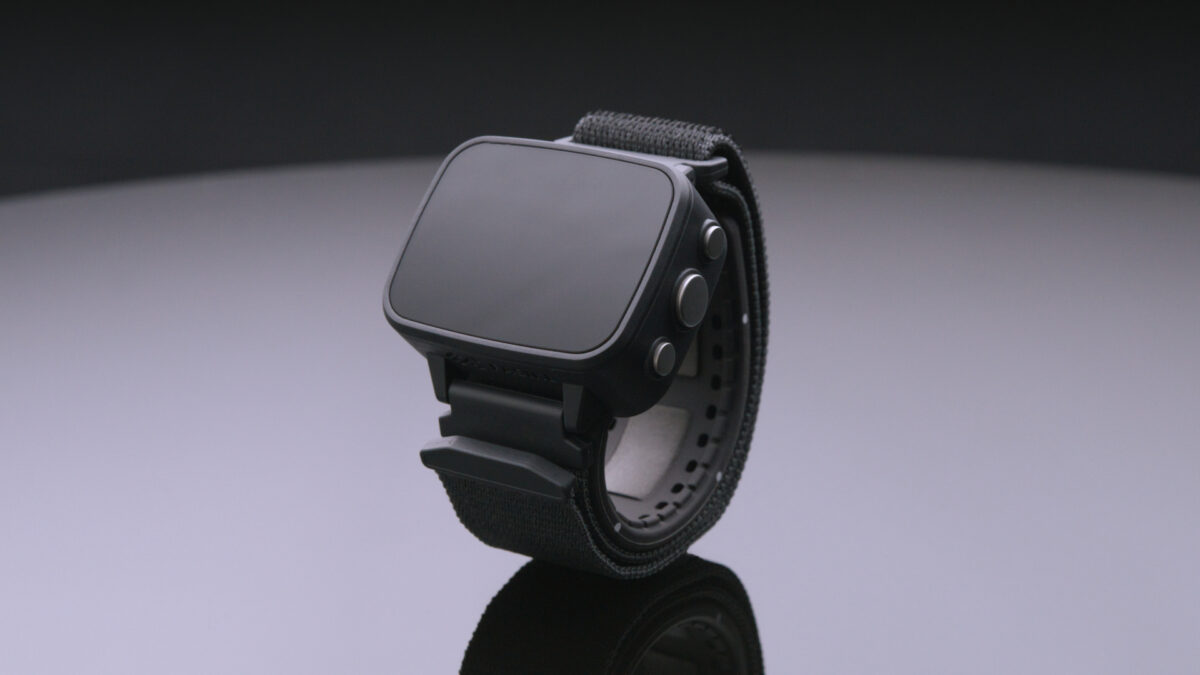The US Food and Drug Administration (FDA) gave clearance to Siemens Healthineers’ new photon-counting scanner computed tomography (CT) last week, making it the first significant tech advancement in the field in almost a decade. The scanner is called the Simens Naeotom Alpha.
CT experts in the field, as well as the FDA, both say that this is the start of a revolution in new CT scanner technology, and is the biggest shift in technology in years.
Siemens began working with the Mayo Clinic to develop a prototype photon-counting CT scanner several years ago and conducted their first human studies with it beginning in 2015. This summer, the researchers used the third generation of the device to perform their first cardiac scan.
The Siemens Naeotom Alpha is designed to offer more detailed information from a CT scan by counting individual X-ray photons using new CT technology involving photon-counting detectors. This information can be used to generate 3D images. In contrast, current systems measure the total energy from a collective set of X-rays passing through a patient’s body. This compromises detail and clarity.
The Naeotom Alpha allows for the construction of 3D images with greater detail and focused on more precise locations. This can allow physicians to look at anatomical features that were previously too small to see with conventional CT scanning technology. The innovation opens up tremendous imaging possibilities, from visualizing layers in the lining of small arteries, the individual struts of a coronary stent or analyzing the chemical composition of kidney stones.
Related: Making Cardiac Ultrasounds Quick and Easy with Clarius’ Handheld Scanner
“Today’s action represents the first major new technology for computed tomography imaging in nearly a decade and underscores the FDA’s efforts to encourage innovation in areas of scientific and diagnostic progress,” said Laurel Burk, PhD, assistant director of the Diagnostic X-ray Systems Team in the FDA’s Center for Devices and Radiological Health in a press announcement from the agency.
CT imaging is a key non-invasive medical tool used in the diagnosis and monitoring of disease and injury. With no major innovations in the field for nearly a decade, the new photon-scanning technology may transform CT imaging by making it more detailed and efficient by drastically improving image quality.
The Naeotom Alpha innovation is centered on the new photon-counting detector, which uses an active detection layer that has several advantages over conventional CT detectors. Current CT technology involves conversion of X-ray photons into visible light using a scintillator layer in the detector, and then photo diode light sensors turn the visible light into a digital signal. The two-step process leads to loss of important information from X-ray energy, with reduced contrast and unclear images.
In contrast, photon-counting detectors involve just a single conversion step where X-rays are transformed into electrical current without the need of an intermediate step to convert X-rays into visible light. The energy thresholds of each pulse are collected and binned based on different energy levels. The generated data improves contrast and allows for dual-energy, spectral imaging. The direct conversion helps improve image quality without loss of information, enabling crisp, high-resolution images.
Although photon-counting detectors have been used in high-energy physics and nuclear imaging for the past several years, they could not be used with clinical CT scanners because they could not keep pace with the high rate of photons reaching the detector. Naeotom Alpha’s detector was designed to address the required high speed.
Researchers at the Mayo Clinic were able to use the scanner to resolve and distinguish intact luminal segments around the coronary artery wall from dense calcifications. And they were able to do it withstanding the challenge of getting clear images as the heart is beating.
The FDA reviewed the Siemens NAEOTOM Alpha through the 510(k) premarket clearance pathway, and granted the clearance to Siemens Medical Solutions Inc.











Join or login to leave a comment
JOIN LOGIN